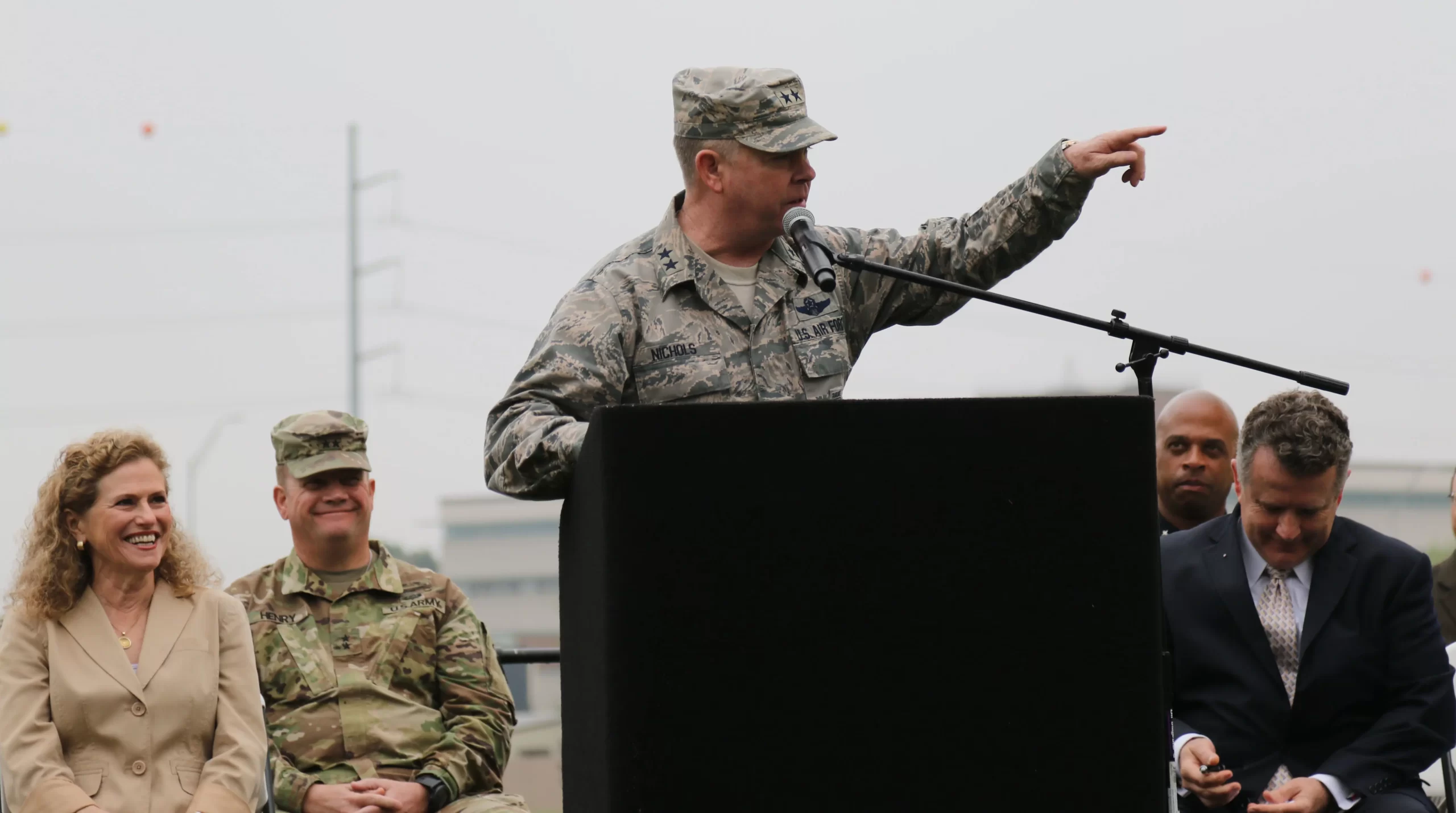The Adjutant General of Texas is the highest-ranking military officer in the state and serves as commander of the Texas Military Department, which includes the Texas Army National Guard, Texas Air National Guard, and Texas State Guard.
Appointed by the Governor of Texas with Senate confirmation, the Adjutant General plays a critical role in emergency response, border operations, homeland security coordination, and military readiness. The position blends military leadership with civilian emergency management and serves as the governor’s principal military advisor.
Authority and Responsibilities
The office of the Adjutant General is established in Texas Government Code Chapter 437, which outlines the organization and powers of the Texas Military Forces. The Adjutant General:
- Commands and oversees training and deployment of approximately 20,000 military personnel across three components.
- Advises the Governor in the Governor’s role as Commander-in-Chief of the state’s militia forces (Texas Constitution Article IV, § 7).
- Administers Texas National Guard operations under Title 32, U.S. Code and state active duty.
- Manages logistics, facilities, and personnel policies for the Texas Military Department.
- Exercises authority under the Texas Code of Military Justice, including disciplinary oversight of service members on state duty.
The Adjutant General also coordinates with federal military entities and state agencies to ensure that Texas forces remain prepared for both domestic emergencies and federal deployments.
Appointment Process
The Adjutant General is appointed by the Governor of Texas, subject to confirmation by the Texas Senate. The appointee must be a federally recognized commissioned officer, typically holding the rank of Major General, with prior service in the National Guard or U.S. armed forces.
There is no fixed term; the officeholder serves at the pleasure of the governor (Texas Government Code § 437.003).
The office is headquartered in Austin and supported by subordinate commanders and administrative staff within the Texas Military Department.
Title and Terminology
Despite sounding like a military rank, “Adjutant General” is actually a title of office, not a rank. The term originates from European military tradition, where an adjutant was an officer who assisted in personnel and administrative matters. In Texas, as in most U.S. states, the Adjutant General serves as the senior military official overseeing the organization and readiness of the state’s military forces. The officeholder typically holds the federal rank of Major General, but the title “Adjutant General” refers to the role itself rather than the rank held.
Institutional Role
The Texas Military Department operates as a unique hybrid of state agency and military command. The Adjutant General oversees its strategic and operational activities, integrating civilian and military resources. Key institutional partners include:
- The Governor’s Office and the Texas Division of Emergency Management (TDEM), especially during disaster declarations.
- The U.S. Department of Defense and National Guard Bureau, which coordinate federal funding, training, and mobilizations.
- State agencies and local governments relying on the Guard for surge capacity during crises.
The Adjutant General also supervises programs such as youth leadership academies, family support services, and employer engagement initiatives tied to the Guard’s part-time force structure.
Civic and Political Role
The Adjutant General of Texas plays a prominent role in both state security and civic life, especially through the leadership of the Texas National Guard during high-profile operations. In recent years, the most sustained and politically visible deployment has been Operation Lone Star, the state’s ongoing effort to deter unlawful border crossings and support immigration enforcement along the Texas–Mexico border. Under direction from the governor, the Texas Military Forces have constructed barriers, assisted in surveillance, and supported Department of Public Safety personnel in apprehension and deterrence efforts.
This mission—funded and controlled at the state level—has drawn national attention and positioned the Adjutant General at the center of one of Texas’s most contentious policy areas. Although the Guard lacks arrest powers under federal immigration law, its presence has expanded significantly under state activation, including in rural border counties and urban crossing corridors.
In addition to border security, the Adjutant General directs Guard deployments during hurricanes, wildfires, and other emergencies. The Guard has played key roles in disaster relief following Hurricanes Harvey and Ike, COVID-19 pandemic logistics, and winter storm response efforts.
The Adjutant General also represents the Texas Military Forces at public ceremonies, legislative hearings, and military observances, reinforcing the office’s visibility within both the executive branch and the broader civic sphere.
Historical Notes
The title of Adjutant General has been used in Texas since the Republic of Texas era, when the office managed militia records and muster rolls. Over time, the position evolved into a modern military leadership role, particularly after federal reforms expanded the National Guard’s role in national defense and disaster response.
In 2006, the Texas Military Department was restructured as an umbrella organization encompassing the Texas Army National Guard, Air National Guard, and State Guard. The Adjutant General now serves as its chief executive, with responsibilities that span from civil support operations to federal mobilization readiness.
